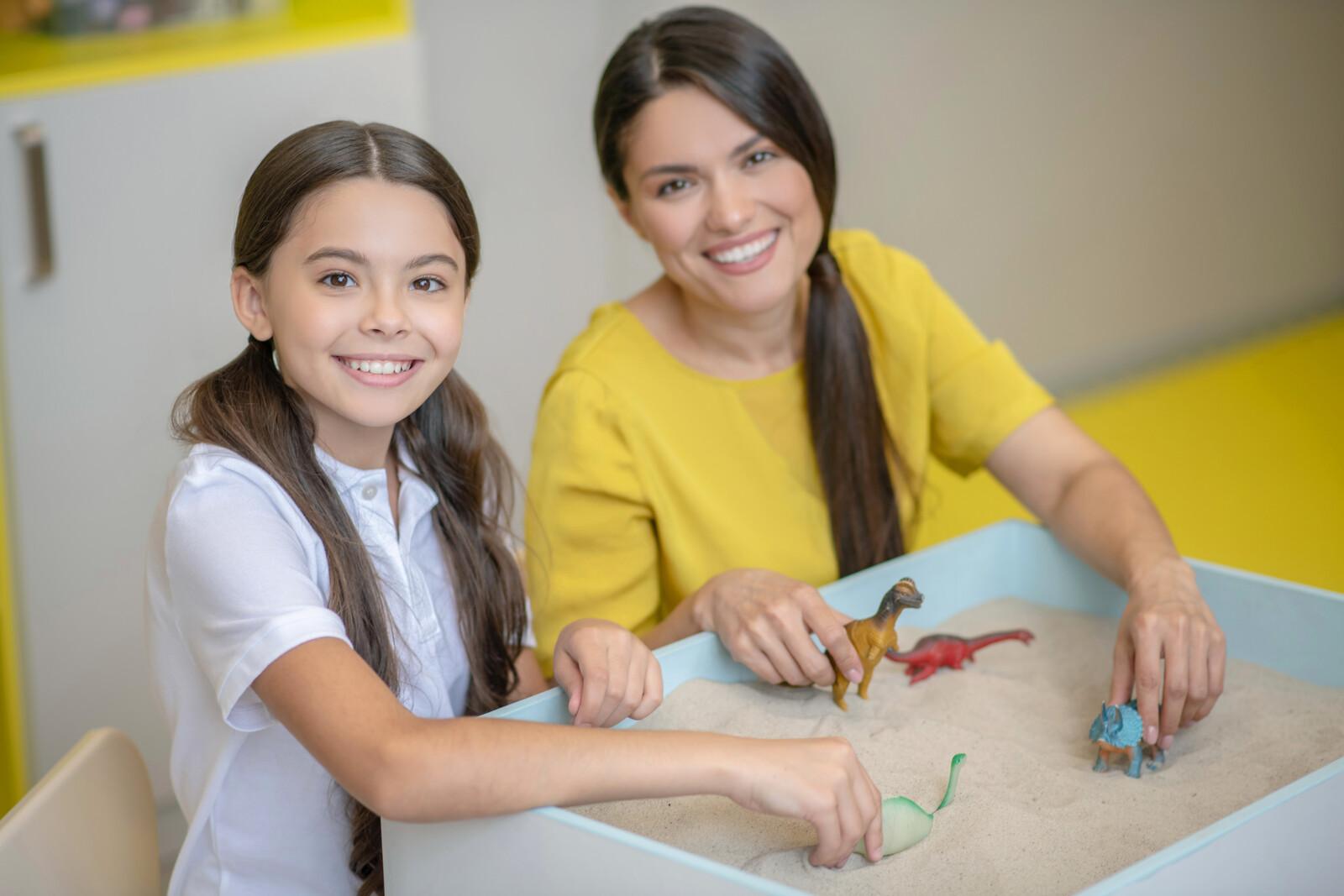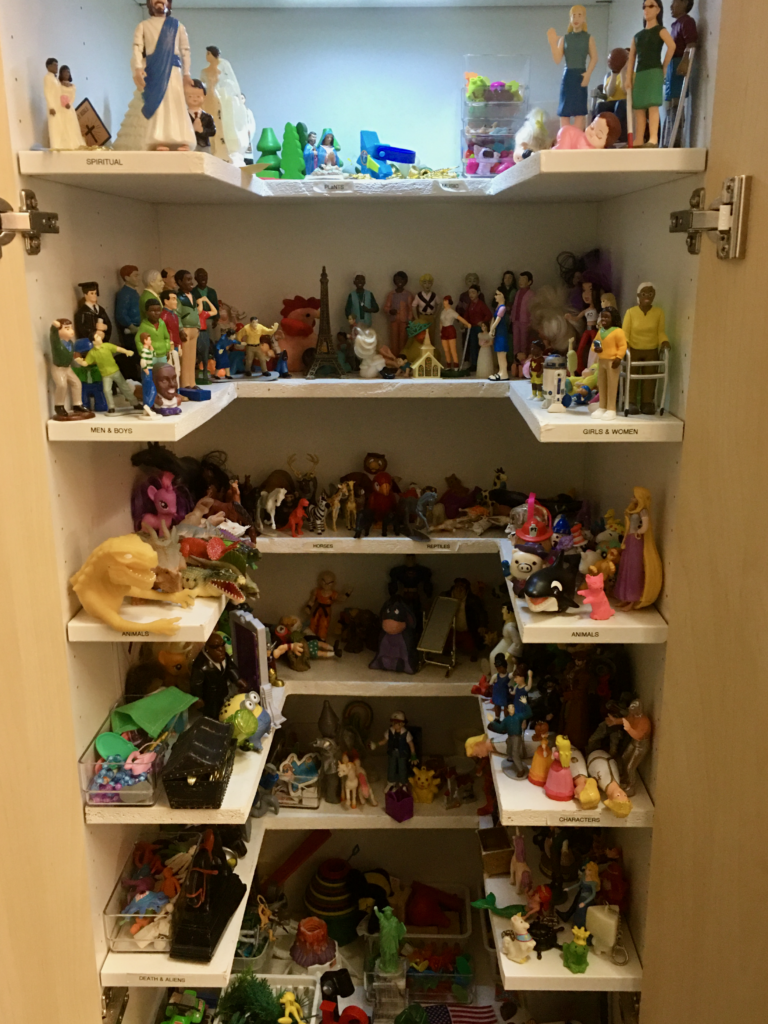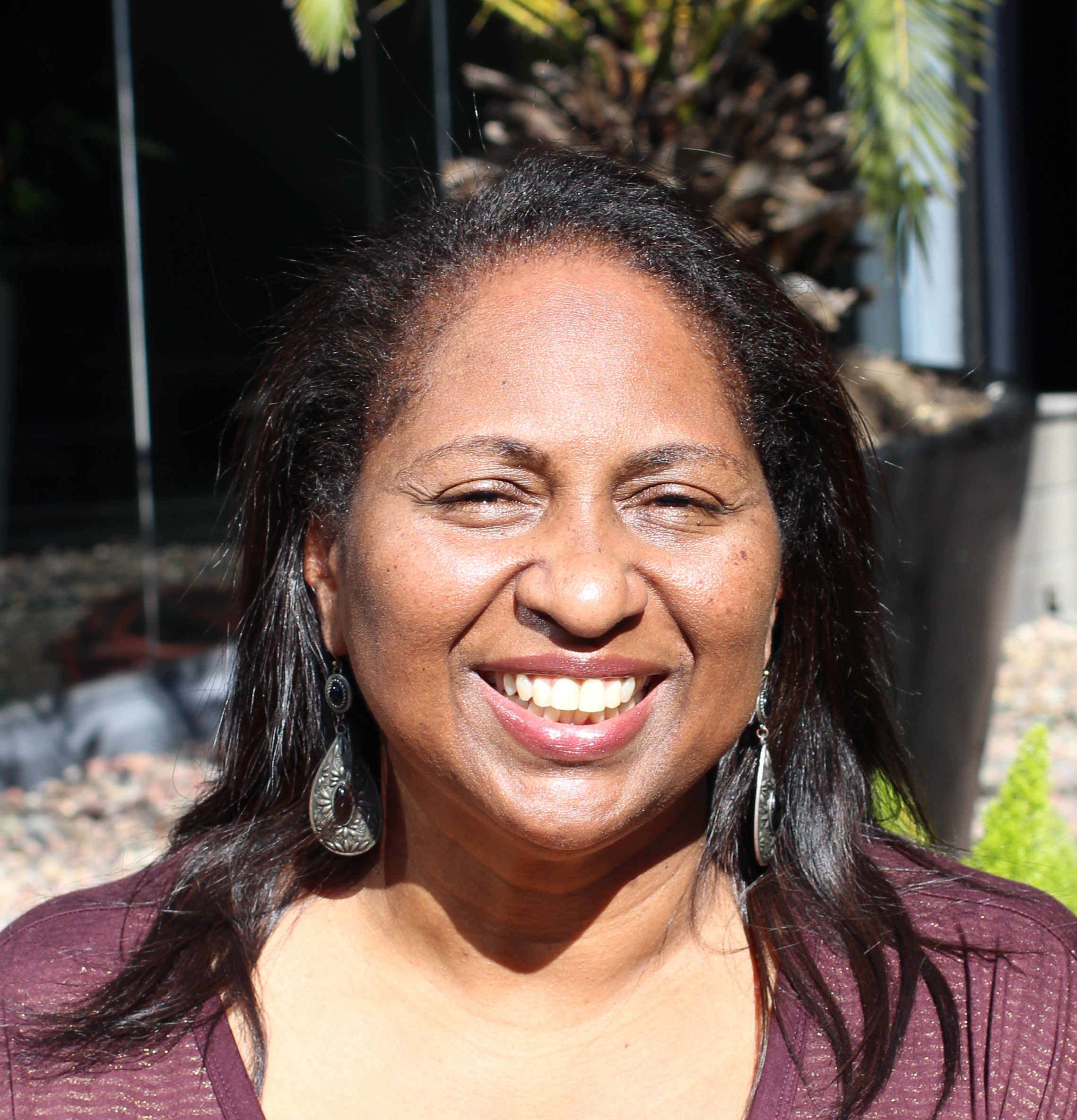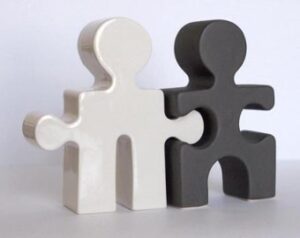Working it out in the Sand: The Magic of Sand Tray Therapy
What is sand tray therapy?
What can be gained from using sand in therapy with clients? These may be some of the questions you may have when you hear “sand tray therapy”.
Some people hear “sand tray therapy” and equate it with a form of therapy specifically for children. The truth is that it is for children, adolescents, adults, couples, families, and groups. Sandtray can be used in all modes of therapy and is extremely effective for working through trauma. The use of sand helps clients move more deeply into their issues than regular talk therapy.
Who can benefit from sand tray therapy?
The answer is everyone! It can be extremely helpful for clients who are introverted and tense, those who are hyperactive or may have hysterical tendencies, clients who over verbalize, those who rationalize or intellectualize, and those who are nonverbal. Often just picking up the sand or feeling the coolness of it can be self-regulating and help with moving through anxiety in order to open up and say things that may be hard to verbalize. Sandtray is especially helpful for working with adolescents for this reason. If a teen is shy, reserved, or cautious and not excited to talk in session, the action of presenting the sand and making space to just touch the sand often results in the teen opening up and sharing what they may be experiencing.
Some people over-verbalize as a defense mechanism. The use of sand may allow them to slow down and not have the need to come up with the right thing to say. In this instance, the incorporation of the sand tray can allow this type of client to create a world in the tray and this will circumvent the need to have all the right things to say and see their world and expound upon it. Is the sand tray magical? Of course not, but the ability to have the option to speak or not speak and create your world in the sand is extremely impactful and cathartic.
How does Sand tray therapy work?
Initially, the therapist will explain the process to the client if they are not familiar with this form of therapy. The therapist would then introduce the various miniatures to the client as there are several different categories such as:
Using various miniatures, clients are prompted by the therapist to create their world in the sand based on the prompt. This action gives the client the autonomy to be open and shows their world from their perspective. The process of choosing the miniatures alone is liberating for some clients, allowing them to see themselves or others through a representation of the self. They could have the miniatures talk to one another which gives them room to express themselves and create new possibilities for how to address difficult topics or individuals.
The result can be a wonderfully refreshing experience for some, a freeing experience for others, and for some, a way to see their world as it is and how it might look if they changed some things. Sandtray therapy is effective in allowing clients to not only see their world or their situation in new light but also have the ability to see themselves and what they bring to their world. If you have never given sand tray therapy a try, consider it. You do not have to be experiencing extreme trauma in order to for it to be effective. Sandtray therapy can be helpful to all clients young and old.
Read more about Sand Tray Therapy

Dormetra Henry LPC
Licensed Professional Counselor
Dormetra is a Certified Sand Tray Therapist through Texas State University and specializes in the use of sand in therapy with children, adolescents, and adults.










